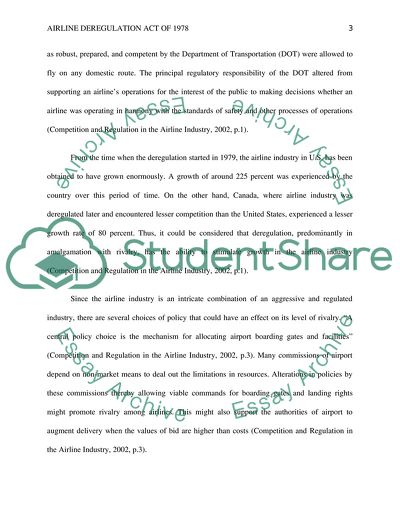Cite this document
(Airline Deregulation Act of 1978 Case Study Example | Topics and Well Written Essays - 2396 words, n.d.)
Airline Deregulation Act of 1978 Case Study Example | Topics and Well Written Essays - 2396 words. Retrieved from https://studentshare.org/law/1602097-airline-deregulation-act-of-1978
Airline Deregulation Act of 1978 Case Study Example | Topics and Well Written Essays - 2396 words. Retrieved from https://studentshare.org/law/1602097-airline-deregulation-act-of-1978
(Airline Deregulation Act of 1978 Case Study Example | Topics and Well Written Essays - 2396 Words)
Airline Deregulation Act of 1978 Case Study Example | Topics and Well Written Essays - 2396 Words. https://studentshare.org/law/1602097-airline-deregulation-act-of-1978.
Airline Deregulation Act of 1978 Case Study Example | Topics and Well Written Essays - 2396 Words. https://studentshare.org/law/1602097-airline-deregulation-act-of-1978.
“Airline Deregulation Act of 1978 Case Study Example | Topics and Well Written Essays - 2396 Words”, n.d. https://studentshare.org/law/1602097-airline-deregulation-act-of-1978.


